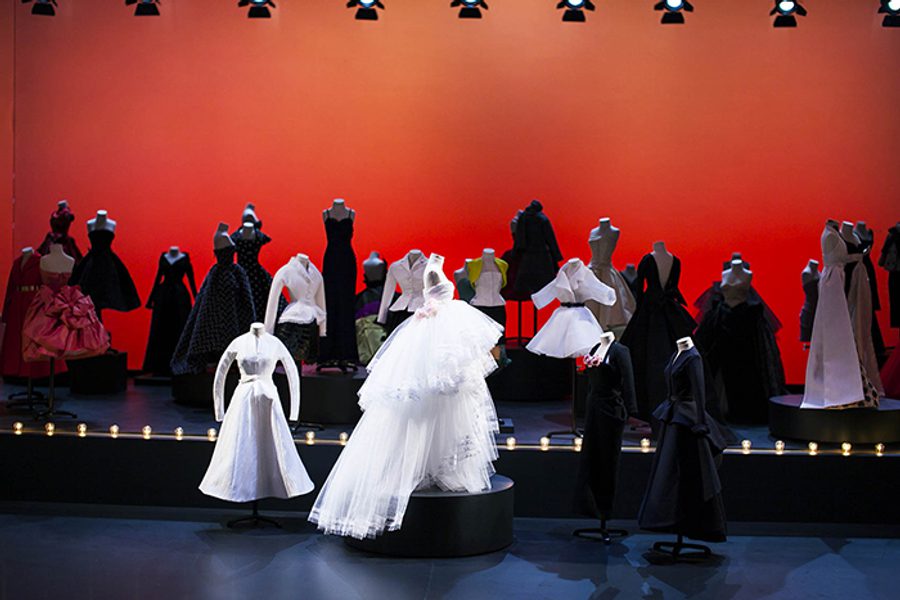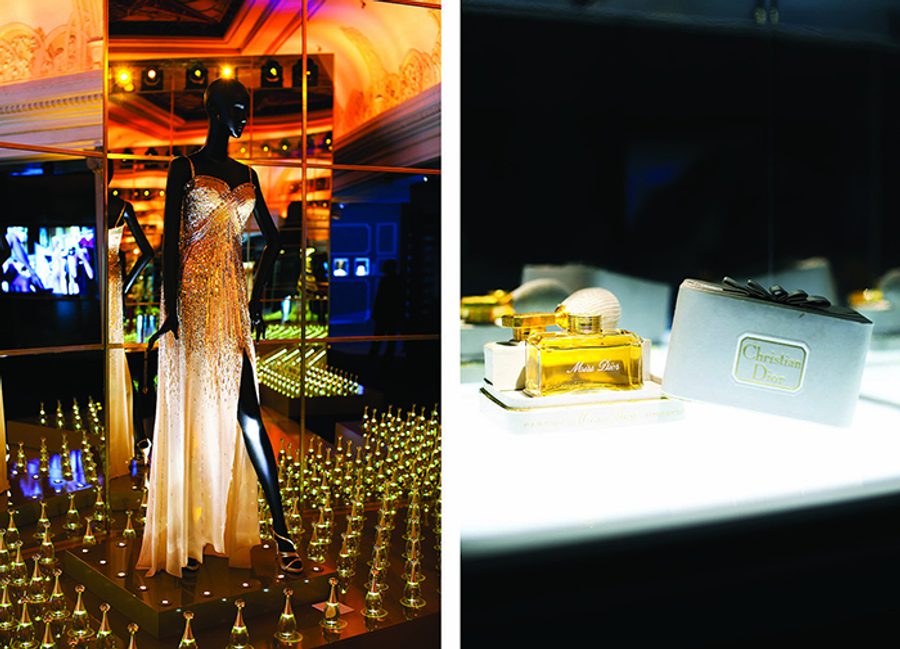World Department Store Forum: our key takeaways
Read D&P's highlights from the 2015 World Department Store Forum, where speakers largely explored the emotional bond between the brand and the customer.


Read D&P's highlights from the 2015 World Department Store Forum, where speakers largely explored the emotional bond between the brand and the customer.


We all know shopping should never be boring; now there’s science to show how important it is for retailers to treat consumers to something new. Professor Richard Walker discussed the Blue Brain Project’s brain mapping research that’s currently underway in Switzerland. For brands, the key findings so far concern the impact of disrupting the predictable – how unexpected experiences trigger a permanent feel-good response by chemically altering the brain. When their efforts to map a complete brain near completion (in about 10 years), the possibilities for exceptionally targeted, predictive personalised marketing when combined with Big Data really got us thinking.
The theme of ‘disruption’ linked with what Ian Moir, CEO of Woolworths Holdings, had been talking about earlier in the day. He described a promotional stunt at one of Woolworths’ South African stores where Soweto Gospel Choir had been disguised as sales associates and staged an unexpected ‘flash mob’ style a cappella performance. It was recorded and shared across social media by delighted, surprised shoppers.
WDSF speakers seemed in agreement that asserting a point of difference via one-offs, events and takeovers was key to securing footfall in the omnichannel age. Tapping into the ‘FOMO factor’ (fear of missing out), stores should strive to make must-see experiences for consumers in the same vein as an exhibition at a major gallery or a headline concert.

Here in London, Selfridges does this one-of-a-kind retail theatre very well – in the past six months alone its store-wide thematic happenings have included Board Games (a celebration of skate and surf culture), The World of Rick Owens (a concept store curated by the eponymous designer) and Agender (gender-neutral merchandising across three floors). Similarly, Harrods has staged temporary exhibition-like installations for Dior and Prada. Their choice of events asserts the point of difference between these two London department stores: Harrods owns prestige and heritage, while Selfridges is synonymous with urban creativity, innovation and contemporary culture. This echoed in McKinsey & Co’s Nathalie Remy urging department stores to move from being ‘houses of brands’ to strong brands in themselves.


Aligning brand with local culture is a message we heard several times. It’s about making each store into an emblem of the city in which they sit, capturing the unique selling point of each locale. Patrice Wagner of Le Bon Marché said his brand had strived to exemplify the “Rive Gauche” sensibility. Italy’s La Rinascente, whose Vice Chairman Vittorio Radice also spoke at the event, tailors each of its 10 stores to their 10 host cities, from a piazza-facing terrace in Florence to a specialty design department in Milan.


“Stop being a chain of stores and become a collection of stores,” Radice advised in a Business of Fashion article. “If you are able to interpret the mood of the period and region that you are living in, you will be able to be better and actually make a profit and living out of it. You need to take advantage [of your city] and become the store of the city.”

WDSF introduced a Sales Associate award in 2015, recognising the vital role these staff members play. The winning candidate, Eva Bunzel of The KaDaWe Group, went above and beyond by organising wine-tastings and other experiences outside the store itself to deepen the connection.

Holt Renfrew has a set of fully customisable VIP suites where key customers can try on clothes, relax while their children play, or meet designers at intimate receptions. It’s crucial to have a conversation with, rather than talk to, consumers.
We also heard about the retailers leveraging digital communications not only to connect with customers, but to deepen bonds with their staff. From CRM platforms to image-sharing groups for staff on social media (Brown Thomas is one example), leading department stores are pooling knowledge and inspiration to create a more dynamic, informed workforce. Shared platforms also mean the brand can retain this content, unlike the old-fashioned ‘little black books’ that disappeared with personal shoppers if they moved on.

A video clip of a baby trying to ‘scroll’ through a paper magazine as if it were an iPad gave retailers a startling reminder of the need to accelerate their digital drives to prepare for the next generation of consumers – who these ‘touchscreen tots’ will soon become.
Also with their eye on ascendant audiences, some luxury department stores including Lord & Taylor have been shifting their focus from HNWIs to the HENRYS (meaning High Earners Not Rich Yet). With incomes ranging between $100k-to-$250k and generally aged 25-34, the larger size of this group makes it four times more valuable than the ultra-affluents. Laying the groundwork now will no doubt reap dividends as this group’s spending power increases.

At WDSF John Talbott of the Kelley School of Business in the USA warned brands not to generalise about so-called ‘Millennials’, though. It’s too often a catch-all term for what is in fact a diverse set of different consumers groups, each with very different habits, tastes and needs. For more see Time magazine’s recent piece What Millennials Really Want.
One thing all luxury consumer groups do have in common is digital: according to McKinsey’s research, the number of mobile devices, weekly time spent on the internet and weekly social media usage are all remarkably close for affluents across the board.
As retailers of all kinds move to make their stores into multi-faceted destinations, department stores effectively have a head start – they’ve long been offering up food and drink, wellness and lifestyle services alongside products. Building on this, department stores must now ensure they stand for more than an umbrella for other brands, and focus on weaving together digital, service and retail theatre to make sure their locations are always unmissable.